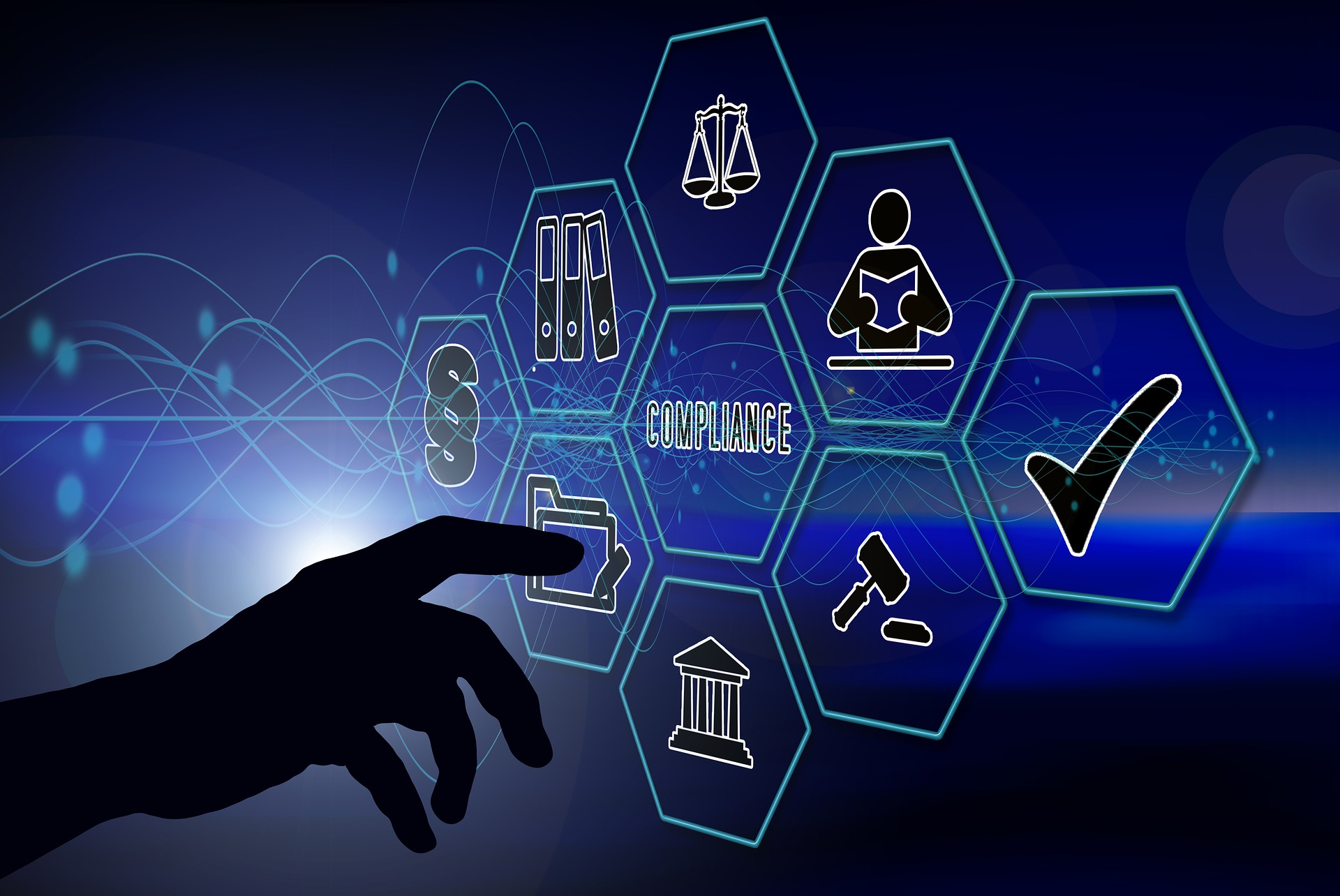 Today, compliance technology helps businesses in cybersecurity risks and comply with government laws. This way, companies can keep their information safe, manage any risks that could affect their businesses, and develop ways to boost business productivity.
Today, compliance technology helps businesses in cybersecurity risks and comply with government laws. This way, companies can keep their information safe, manage any risks that could affect their businesses, and develop ways to boost business productivity.
What Compliance Technology Does
Compliance technology helps businesses to stay updated in terms of regulatory compliance and also provides standard services. In information technology, regulatory requirements keep on updating. In recent years, cybersecurity has been put in the spotlight because intruders negatively impact organizations. That’s why several Acts govern businesses on how to collect and use data.
In 2018, updates regarding regulatory requirements were set out by several organizations, including the Committee of Sponsoring Organizations of the Treadway Commission (COSO), Internationals Standards Organization (ISO), and the Payment Card Industries Security Standards Council (PCI).
Automation Compliance Technology
With automation, businesses can use software or hardware to handle tasks without the need for employees. A single individual can do the job, and this saves the company lots of money. In compliance, automation technology helps to ensure that there’s a workflow and review tasks regularly. Thus, it saves on the time required to document audits and review schedules.
Relationship Between Big Data and Compliance
Big data helps companies to understand large amounts of data in an organization or online. If a business has a problem with security, information security compliance can help business owners solve these issues. Again, big data keeps business owners updated about any threats likely to face the business. They also understand whether they have maintained a healthy relationship with third parties.
Every organization has its unknown vulnerabilities. Big data helps to disclose them so that responsible personnel can take action. Namely, data gathered via employee performance monitoring provide insight into their daily activities, detecting potentially harmful actions. Because of involving third parties in businesses, big data allows business owners to know whether their data is safe. Thus, they need to protect their environments. However, third parties should secure their environment to protect a company’s information. So, big data helps to know if there’s any threat to data from the company or the exterior environment.
Artificial Intelligence Based Compliance Technology
Artificial intelligence uses specific tools to carry out large projects. By reviewing all the company’s information, artificial intelligence can keep an organization updated regarding any changes made to regulations. It can be used to research through the internet to know more about compliance requirements. It helps one remain updated and also review any potential compliance risks. Again, artificial intelligence can be used to reason, see and develop plans that help to fill any gaps.
Machine Learning and Compliance Technology Solutions
Nowadays, machine learning uses big data to help computers accept data, examine it, and predict possible results. Machine learning helps to know any potential threats so that business owners can take action if it predicts any ransomware threats. These threats can lead to the collapse of a firm which is a significant loss to the business owner. Thus, using machine learning gives business owners peace of mind because all potential risks are mitigated.
How to Choose the Right Compliance Technology to Inspect Security Risks
Cybercriminals are always actively trying to hack data in several companies. Thus, compliance technology helps to protect data from being accessed by unwanted persons. In compliance, security requires regular control monitoring. This way, any suspicious activities are detectable and handled before external sources breach data.
Using compliance technology tools, information technology experts can mitigate breaches of data. However, companies should ensure to choose the correct compliance technology to eliminate cybersecurity risks. When choosing a compliance technology, business owners should ask themselves several questions, including;
- Where should one be in five years?
- How big is the data environment?
- How many third parties does a company need to monitor?
- Is the company using the right compliance technology to keep cybercriminals away and keep business safe?
- How big is the organization?
- How many persons should be involved in the compliance process?
- How much data should be available?
Nowadays, business owners should ensure to use the right compliance technology for their companies. This way, they can manage risks, monitor threats, recover from disasters and respond to incidents quickly. Also, business owners are constantly updated regarding compliance requirements and abide by the law. This not only leads to data security but also better productivity in future.









